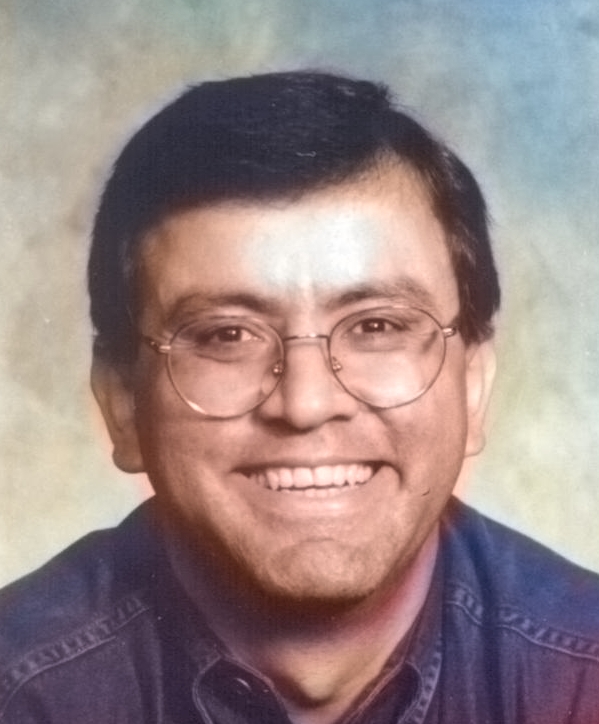Beating the Shannon Limit: The Case of the 56K Modem
From the 1960s through the early 2000s, voiceband modems were at the heart of digital data transmission over the telephone network, evolving from just 300 b/s in their early days to the groundbreaking 56K modems that became ubiquitous worldwide. According to Shannon’s capacity formula, transmission speeds beyond ~36 kb/s seemed impossible. Yet, engineers managed to defy expectations and deliver modems capable of 56 kb/s—transforming connectivity for billions of users.
In this Distinguished Lecture, Prof. Ender Ayanoglu will explore the scientific breakthroughs, engineering ingenuity, and technological shifts that made the 56K modem possible. He will shed light on why it seemed like Shannon’s limit was beaten, and the impact this had on the telecommunications industry.
Date and Time
Location
Hosts
Registration
-
 Add Event to Calendar
Add Event to Calendar
Loading virtual attendance info...
Speakers
Ender Ayanoglu of Samueli School of Engineering, University of California, Irvine Irvine
Beating the Shannon Limit: The Case of the 56K Modem
Voiceband modems were used for digital data transmission over the telephone network from the 1960s until about early 2000s. During this time, the telephone network adopted digital transport. Since the basic goal in this network was voice transport, an antialiasing filter of bandwidth approximately 3.5 kHz was introduced prior to a digitizer whose sampler operated at 8 kHz and that created 8-bit samples. The noise due to quantization was considered to be about 35dB.
Then, invoking Shannon's capacity formula provided an upper limit to what transmission rate is achievable at about 36 kb/s. Voiceband modems began operating in the 1960s at about 300 b/s. Over the years, following a number of breakthroughs in communication theory, new international voiceband modem standards were developed every few years, each time usually doubling the transmission speed. By early 1990s, voiceband modems achieving 33.6 kb/s over selected subscriber loops were developed and most modem designers believed that no more transmission speed improvement was possible. Yet, the so-called 56K modems were later introduced, achieving about 56 kb/s first only in download mode, but then in both download and upload mode.
This talk will explain why this became possible and why it appeared that Shannon's limit was beaten. We note that from the late 1990s into the 2000s, every laptop computer included a 56K modem and therefore the number of its implementations must be in the billions.
Biography:

He served as the Editor-in-Chief of the IEEE Transactions on Communications from 2004 to 2008. From January 2015 until December 2016 he served as the Editor-in-Chief of the IEEE Journal on Selected Areas in Communications - Series on Green Communications and Networking, and as the Founding Editor-in-Chief of the IEEE Transactions on Green Communications and Networking from August 2016 to August 2020. From 1990 to 2002, he served on the Executive Committee of the IEEE Communications Society Communication Theory Committee, and from 1999 to 2002, was its Chair.
He is the recipient of the IEEE Communications Society (ComSoc) Stephen O. Rice Prize Paper Award in 1995, ComSoc Best Tutorial Paper Award in 1997, ComSoc Communication Theory Technical Committee Outstanding Service Award in 2014, and the ComSoc Joseph LoCicero Award in 2023. He has been an IEEE Fellow since 1998. He has served as an IEEE Communications Society Distinguished Lecturer in 2022-2023 and 2024-2025.
Address:Samueli School of Engineering,, University of California, , Irvine, California, United States, CA 92697
Agenda
- 5:45-6:00PM Joining the webinar platform
- 6:00-6:10PM Introduction & Ice breaker
- 6:10-6:55PM Technical Talk
- Topic: Beating the Shannon Limit: The Case of the 56K Modem
- Speaker: Prof. Ender Ayanoglu, IEEE Fellow, Professor Electrical Engineering and Computer Science, University of California, Irvine
- Moderator: Dr. Kennedy Ronoh, SMIEEE, Senior Lecturer, School of Computing and Engineering Sciences, Strathmore University, Comsoc Kenya Chapter Vice-Chair.
- 6:55-7:20PM Q&A
- 7:20-7:30PM Feedback poll, Photo session & Closing Remarks



